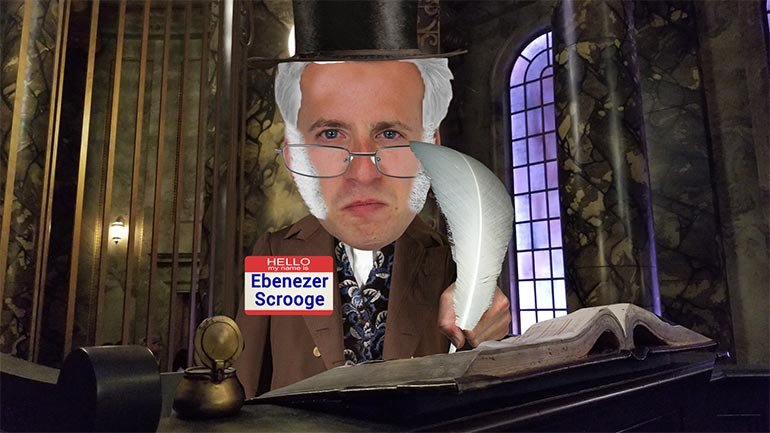Allowance For Bad Debt
Also, called the "allowance for doubtful accounts", which is a bit more of a positive take on a gloomy topic. Banks record their estimates on loans they predict will go into default and not be repaid using the allowance for bad debt account.
Accountants must have balanced balance sheets (or they wouldn't be called balance sheets). The allowance for bad debt is a category accountants use to balance their sheets. Say a bank loans out $10,000 and estimates that 5% of the loans will go into default. The bank's accountants will enter $500 under the category of "bad debt expense" as a debit in accounts receivables, and $500 credit as an allowance for bad debt. So, basically, the allowance for bad debt is a way to offset the bad debt estimate. It's like a reserve in case a customer doesn't pay up.
Here's how it works if a customer actually doesn't pay up: Say in our example, a customer defaults on $100. This will be recorded as a $100 credit in accounts receivable to lower this amount, and as a $100 debit in the allowance for bad debt account. Seems a little counterintuitive, but it works.
Related or Semi-related Video

Finance: What is Chargeback?2 Views
Finance a la shmoop what is a chargeback? oh people it's death by credit card for [Person swipes credit card]
the company the company who sold you a $25 a month
JDate platinum account membership and now you're disputing that charge
claiming it's false especially to your husband and you are charging back that
25 bucks to the kindly loving people at JDate they note that this is a huge
problem for them because if they violate a given ratio of chargebacks to
successful uncontested charges say that threshold is 2% of all charges being
charged back well then JDate runs a very high risk that their ability to even use
the credit card system will be taken away by the credit card companies that [Man discussing chargebacks]
is Visa MasterCard and AMEX could collectively say we don't want you [VISA, Mastercard and AMEX appear together]
anymore as a client and if they do that unless they're ready to take cash in the
mail or paper checks which is well just not how people buy things on the [Person places check in the mail box]
internet stripe, Square, Apple pay, PayPal venmo all those services combined make
up like 5% or less of all payments made online why well simple people like their
plastic so yeah charge backs are a dangerous thing for little companies
when they go wrong and for consumers they're a big fat weapon to go get your [Woman carrying rocket launcher of charge buybacks]
charges back and it's a bad thing when all this goes wrong just like online
dating you want to be careful out there people
Up Next
What are Aging Receivables/an Allowance for Doubtful Accounts? The allowance for doubtful accounts subtracts those receivables that are not going t...
What are Collection Agencies? Collection agencies are debt collection companies that specialize in recovery of overdue or defaulted debt obligation...
What is bankruptcy? Deadbeats who can't pay their bills declare bankruptcy. Either they borrowed too much money, or the business fell apart. They t...
What is a line of credit? A line of credit is kind of like a loan. A bank gives a borrower a line of credit, which basically says they can borrow â...



